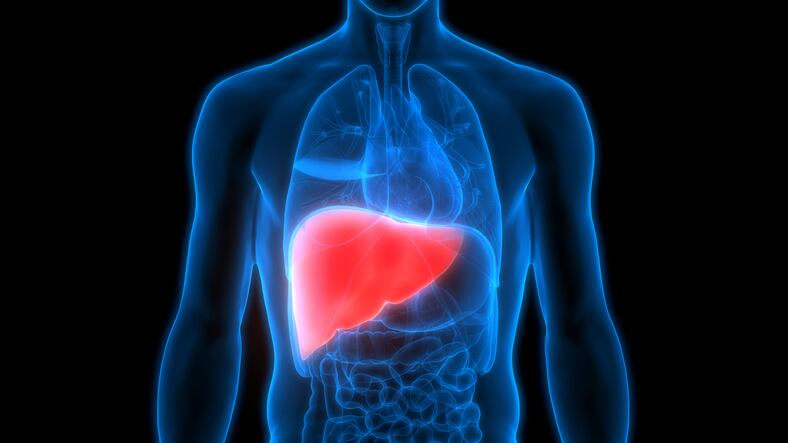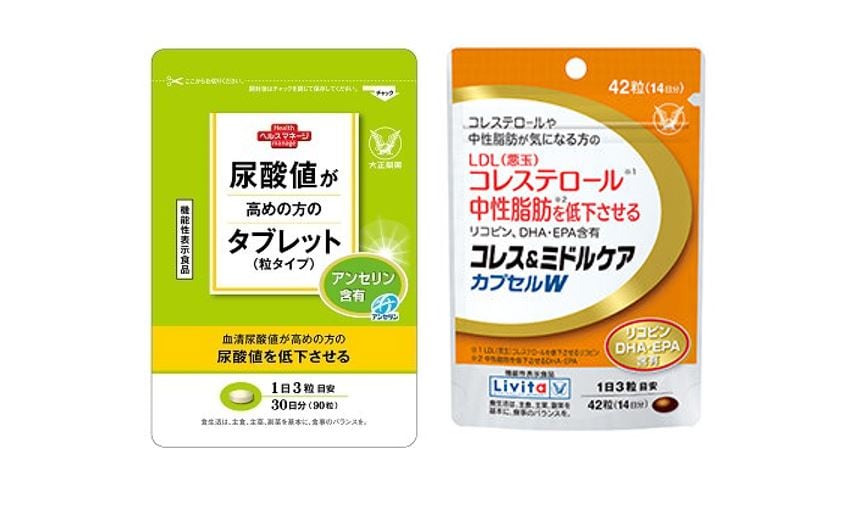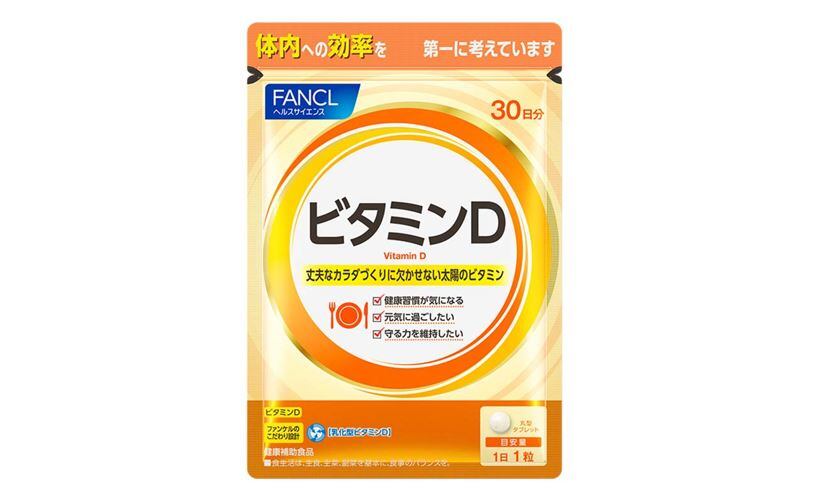NAFLD is a prevalent metabolic disorder with increasing incidence rates worldwide. It is often caused by poor diet, insulin resistance and life-related factors. Often it leads to fibrosis, advanced cirrhosis, hepatocellular carcinoma (HCC) or even death.
There are currently no approved drugs to treat NAFLD, and conventional antibiotics are given to alleviate NAFLD symptoms, although they can cause side effects and potential bacterial resistance.
Researchers from South China University of Technology and Guangzhou Medical University said the intestinal microbiome contains fungi, viruses, and archaeabacteria, which are associated with various liver diseases. “Therefore, it is logical to target the gut–liver axis, especially the microbiota, in order to alleviate the symptoms of NAFLD.”
So far there have been seven clinical trials focusing on a probiotic or symbiotic interventions for NAFLD. The trials were conducted in US, Spain, Germany, US and Iran, and this review was published in the World Journal of Gastroenterology.
Probiotics
They detailed that in rodent models, administrating probiotics to mice fed a high fat diet was found to significantly slow the progression of hepatic steatosis and fibrosis. Researchers reported that most studies on NAFLD rodent models have been aimed at preventing, rather than treating diet-induced liver disease.
Meanwhile, clinical trials on NAFLD patients have shown that Lactobacillus, Streptococcus, and Bifidobacterium strains play a role in restoring the serum levels of the liver enzymes aspartate aminotransferase (AST) and alanine aminotransferase (ALT). High levels of AST in the serum are a sign of liver damage.
A randomised controlled trial conducted on overweight children with NAFLD showed significant improvement in fatty liver condition and BMI following treatment with VSL3 formulation (S. thermophiles, Bifidobacterium breve, Bifidobacterium longum, Bifidobacterium infantis, Lactobacillus casei, Lactobacillus plantarum, Lactobacillus acidophilus, and L. bulgaricus).
VSL3 was found to alleviate chronic liver diseases by protecting the intestinal barrier and reducing endotoxemia and oxidative/nitrosative stress.
Researchers said further research to optimise the efficacy, safety, sustainability of probiotics for treating NAFLD is required.
Prebiotics
Researchers also think prebiotics may be a suitable therapeutic tool against NAFLD through fat loss, improved blood glucose control, restored gut microbiota and lower inflammation.
Prebiotics are typically dietary fibers and studies found it to stimulate the growth of Bifidobacteria and normalised plasma endotoxin levels, which improved glucose tolerance and subsequently resulted in weight loss in obese individuals.
Oligofructose, a mixture of nondigestible fermentable dietary fiber is studied for its ability to reduce liver oxidative stress and inflammation.
Synbiotics
Researchers also say there is strong potential for synbiotics – probiotics and prebiotics – to assist against liver diseases.
In one study, patients with non-alcoholic steatohepatitis (NASH), a form of NAFLD was treated with Bifidobacterium and a prebiotic, fructo-oligosaccharides (FOS) for six months. They exhibited significantly lower serum ALT and AST levels compared to the placebo group.
Another study showed that synbiotic supplementation containing seven probiotic strains (Lactobacillus casei, L. bulgaricus, Lactobacillus rhamnosus, Lactobacillus acidophilus, Bifidobacterium breve, B. longum, and S. thermophilus) and FOS for 28 weeks, along with healthy lifestyle modifications, was more beneficial in reducing inflammation and BMI in NAFLD patients compared to lifestyle changes alone.
A meta-analysis of 15 randomised controlled trials which included 782 NAFLD patients showed that synbiotics improved ALT, AST, high-density lipoprotein, low-density lipoprotein, triglyceride and cholesterol levels.
Through these studies, researchers concluded that probiotics, prebiotics and synbiotics could be a safe and effective alternative to conventional antibiotics for treating NAFLD.
In addition, they said further studies can explore the genomes of NAFLD patients to develop more personalised treatments.
Source: World Journal of Gastroenterology
DOI: 10.3748/wjg.v26.i16.1901
“Therapeutic Advances in Non-Alcoholic Fatty Liver Disease: A Microbiota-Centered View”
Authors: Hui-Ting Chen, et al.




